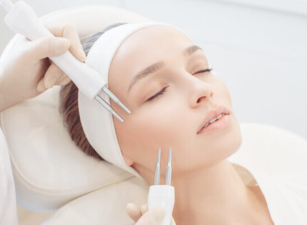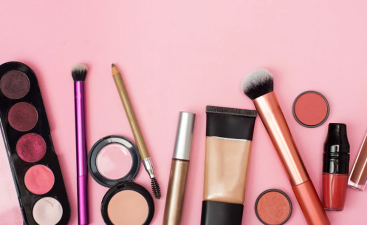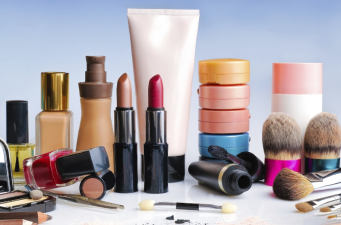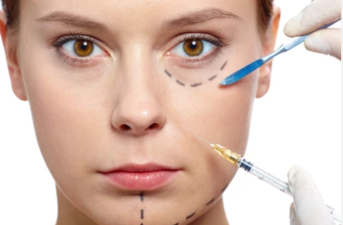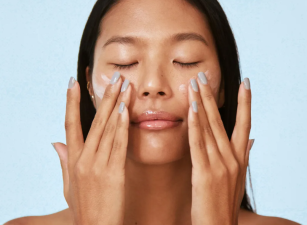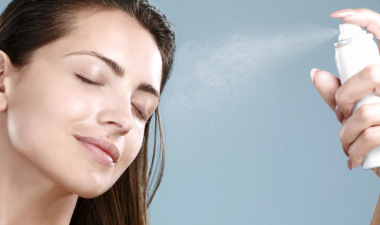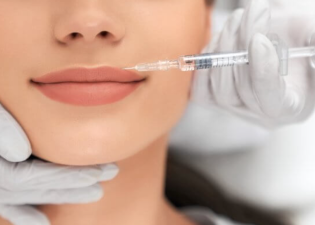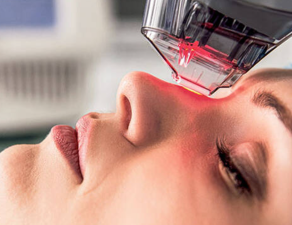Cryotherapy Facials Are Gaining Ground in Anti-Aging Routines
As living standards improve, people's demand for beauty and skincare is growing. Among the many skincare methods, cryolipolysis has garnered significant attention for its significant anti-aging effects.
As living standards improve, people's demand for beauty and skincare is growing. Among the many skincare methods, cryolipolysis has garnered significant attention for its significant anti-aging effects.
Tom Cruise's Cryolipolysis Anti-Aging Practice

According to media reports, 62-year-old Tom Cruise has installed a freezer in his home that can reach temperatures as low as -140°C and practices cryotherapy daily, believing that low temperatures can stimulate metabolism and delay aging. His methods include:
Extreme cold exposure: Temperatures far below the medically recommended cold therapy temperature (typically -110°C to -140°C, 3-5 minutes per session), and prolonged exposure times.
Combined nitrogen beauty: Using nitrogen cryolipolysis to tighten facial skin and attempt to reduce wrinkles.
Scientific Basis and Controversy of Cryolipolysis Anti-Aging
- Physiological Effects of Short-Term Cold Exposure:
Cold temperatures can activate cold shock proteins, enhancing cellular repair capacity.
Reducing Inflammation: Chronic inflammation is a key driver of aging, and cryotherapy may delay aging by inhibiting the release of inflammatory factors.
Promoting brown fat activation: Low temperatures may stimulate brown fat heat production and improve metabolism.
- Medical Application Precedents:
Mild hypothermia (30-35°C) is used for neuroprotection in patients with brain injury by reducing metabolic rate and minimizing cellular damage.
Local freezing (such as ice packs after exercise) can relieve muscle inflammation, but its effects are limited to short-term repair.
- Controversy and Risks:
Side Effects of Extreme Hypothermia:
Cardiovascular Disorders: Low temperatures cause vasoconstriction, potentially leading to arrhythmias and blood pressure fluctuations, especially in the elderly.
Tissue Damage: Prolonged exposure to extremely low temperatures may cause frostbite, nerve damage, and even systemic coagulation disorders.
Immunosuppression: Low temperatures may impair white blood cell function, increasing the risk of infection.
- Lack of long-term safety data:
Current research focuses primarily on short-term cold exposure (such as ice baths and short-term cryotherapy chambers). There is no reliable clinical evidence for the anti-aging effects of extreme cold temperatures, and they may even accelerate organ damage.

The misleading nature of the concept of "frozen age":
Freezing only temporarily improves skin firmness and cannot reverse underlying aging mechanisms (such as telomere shortening and DNA damage). Celebrities' "frozen age" looks often rely on a combination of methods (such as medical aesthetics and health management), and cryotherapy alone is difficult to replicate.
Notes on cryotherapy:
- Suitable for: Suitable for temporary swelling reduction on healthy skin (such as facial swelling after a late night). It is not recommended as a long-term anti-aging treatment. Those with sensitive skin, red blood streaks, or a thin stratum corneum should avoid using cryotherapy.
- Potential risks: Excessively low temperatures or prolonged exposure can cause frostbite, which can manifest as erythema, blisters, or even permanent hyperpigmentation (especially those with melasma).
- Alternatives: If you want to improve facial sagging, fine lines and other problems, radio frequency devices (such as Thermage) or focused ultrasound technology can stimulate collagen more effectively. This procedure must be evaluated by a professional doctor before operation.

